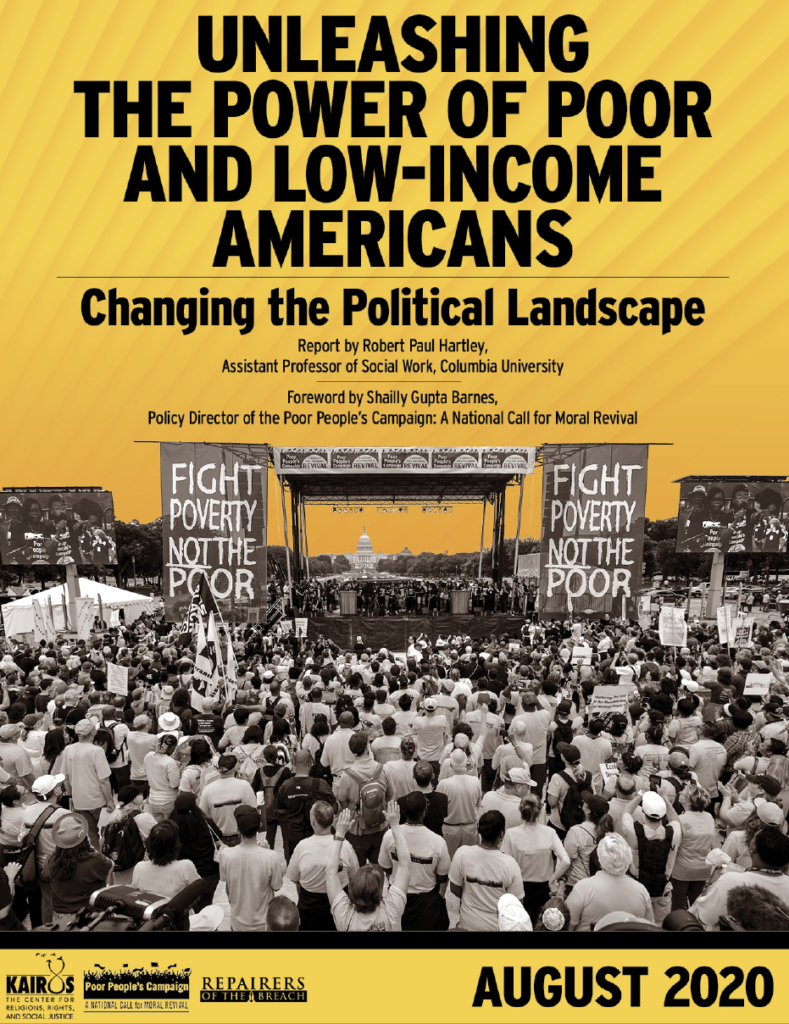Changing the Political Landscape
Before the pandemic, there were already 140 million people who were poor or low-income in this country. As the COVID-19 pandemic has revealed, our society’s failure to meet the needs of these millions of people — around health care, jobs, wages, housing, food, water and more — presents a critical weakness to the nation’s public health and economic well-being. In other words, the concerns of the poor have an impact on everyone.
Yet, in the lead up to the 2016 elections and for most of the 2020 primary season, there were more than 3 dozen debates without one single hour focused on poverty or the issues facing these millions of people.
How would the political landscape change if the needs and demands of poor and low-income voters were better represented in the electoral process? This new report, “Unleashing the Power of Poor and Low-Income Americans,” uses nationally representative data to illustrate the potential voting power of low-income Americans.
The Poor People’s Campaign has consistently described its work as “registering people for a movement that votes.” We know that the votes of poor and low-income Americans can make a difference in our elections.
This research brief provides a closer look at the voting behaviors of these millions of people, relative to the size of the total electorate as well as recent voting margins by state. We believe that its findings support our analysis that organizing among the poor, around an agenda that represents the concerns of the poor, can fundamentally change the political map of this country and lead to policies that are just and representative for all Americans.
Key Findings
- In the 2016 presidential election, there were 138 million voters out of 225 million eligible voters. 29 million of these voters were poor or low-income and there were an additional 34 million poor or low-income people who were eligible, but who did not vote.
- Low-income people vote about 20 percentage points lower than higher income voters. The main reported reason for not voting is the same as other non-voters: lack of interest in the issues or feeling their vote will not matter.
- The issues that matter most to low-income people are health and economic well being. Illness, disability and transportation have more of an impact on the ability of low-income people to vote.
- Voting by mail represents 1/4 of all votes cast. Voting by mail is increasingly common across personal characteristics and income status, and has been strongly bipartisan in state implementation.
- Looking at data from the 2016 presidential election, low-income eligible nonvoters make up 1/5 or more of the electorate in 7 states.
- If these potential low-income voters voted at a similar voting rate as higher income voters in the 2016 election, then they would match or exceed the presidential election margin of victory in 15 states.
- Low-income eligible nonvoters make up 1/5 or more of the average electorate that participated in the midterm elections from 2006–2018 in 15 states.
- If the low-income population were to match the voting rates of higher income voters, then they would match or exceed the midterm election margins of victory in 16 states.
- If low-income voters participated at similar rates as higher income voters, and voted against the winning party, there are 15 states where new low-income voters could flip the results from the 2016 presidential elections. This includes key battleground states and states in the south.
- These results assume that all other voters participate and vote the same way at all times, but the issues of the poor have become everybody’s issues. Because this research uses data from the official poverty measure rather than the supplemental poverty measure (due to data limitations), the impact of low-income voters may in fact be greater than reported.
The Voting Potential of Low-Income Americans
Key: States highlighted in orange are states where, if the voting rates of the low-income population were to match the voting rates of those with higher incomes, these additional low-income voters would match or exceed the election margins of victory in the 2016 presidential election or the 2006–2018 midterm elections.
2016 Margin of Victory: The margin of victory in the 2016 presidential election.
LINV in 2016: Low-income non-voters eligible to vote in the 2016 presidential election.
2016 Margin of Victory as % of LINV: The percent of low-income non-voters needed to match the margin of victory in the 2016 presidential election.
Midterms Margin of Victory: The margin of victory in the 2006–2018 midterm elections.
LINV in Midterms: Low-income non-voters eligible to vote in the 2006–2018 midterm elections.
Midterms Margin of Victory as % of LINV: The percent of low-income nonvoters needed to match the margin of victory in the 2006–2018 midterm elections.

